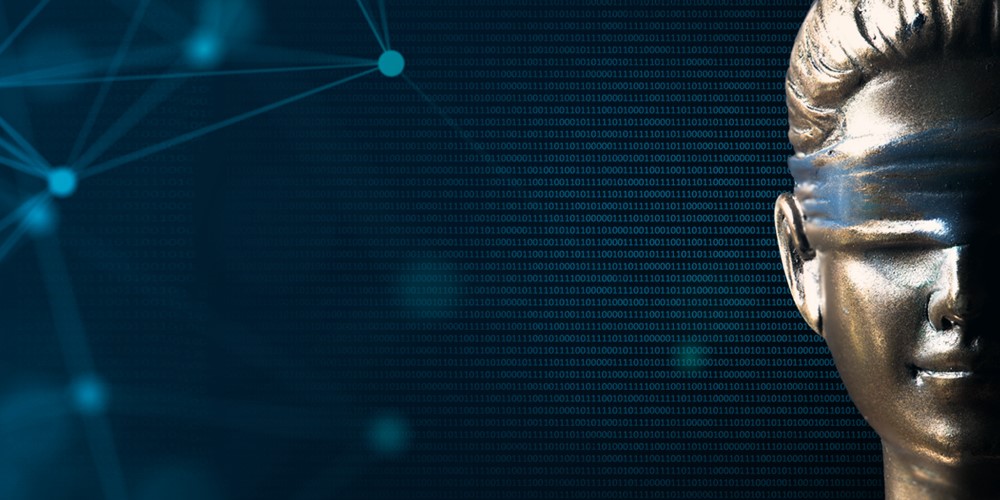In an earlier post, we discussed some of the hurdles of document review. While browsing, the savvy reader may have noticed a pattern: document review has a problem child.
We’re talking, of course, about e-discovery.
E-Discovery is the area of document review that deals exclusively with electronic information. It’s also one of the biggest sources of evidence in any modern lawsuit—which, shouldn’t be surprising, when you consider the ravenous appetite our society has for digital media.
To be fair, e-discovery isn’t responsible for every document review setback. However, once you start reviewing the common pitfalls, it doesn’t take long before it becomes painfully clear that most of the issues can be traced back to one of the many phases of e-discovery.
Luckily, there’s a solution, and AI is it.
When aimed specifically at e-discovery, artificial intelligence effectively nullifies some of the biggest issues currently plaguing document review teams, helping attorneys to identify early insights, streamline results, and ultimately provide a more satisfactory case outcome, nearly every time.
Here’s what you need to know about AI e-discovery, and how it’s changing the landscape of document review.
WHAT IS E-DISCOVERY?
First off, let’s define what we’re talking about, here.
E-Discovery (or “electronic discovery”) is the area of document review that deals specifically with the collection, review, and organization of electronically stored information (also known in the industry as “ESI”).
ESI encompasses both structured and unstructured data, which essentially covers any kind of media, text, or recording you can think of. Examples of this include emails, texts, word documents, spreadsheets, phone calls, CCTV footage, smartphone videos, photos, instant messaging chats, body worn camera footage, video conference calls, and so much more.
E-Discovery is only one part of a lawsuit’s overall discovery process; however, it is also one of the largest. Here, ESI information is reviewed using e-discovery platforms, and handled in flexible phases that can be rearranged or revisited to fit the ongoing needs of a case.
WHAT ARE THE PHASES OF E-DISCOVERY?
According to the Electronic Discovery Reference Model (EDRM), the phases of e-discovery include:
- Identification—ascertaining all potential sources of data.
- Preservation—protecting the integrity of data inside these sources.
- Collection—acquiring the data for electronic review.
- Processing—converting the data into more manageable forms.
- Review—identifying relevant and privileged information.
- Analysis—evaluating content for patterns, topics, and other key material.
- Production—delivering ESI to the appropriate parties, in the proper format.
- Presentation—showcasing relevant data before an audience as evidence, in order to support case objectives.
When conducting e-discovery it’s not important to carry out each of these steps in a progressive line—in fact, depending on the case, some might not even be relevant, at all.
Instead, these phases are more like a series of pools that are all contained in a single space. In some situations, you might hit all of the pools, and other times you might just dabble in a few before moving on, depending on the needs and direction of your suit.
So what’s the problem, then? If this system is so great, why do we need AI?
We’re glad you asked.
THE PROBLEMS WITH E-DISCOVERY
The biggest problem with e-discovery is the sheer quantity of ESI data. Quite simply? Attorneys are drowning in it.
Our society has an insatiable appetite for media. Just think about how much digital content a single person can produce in a week. With that in mind, now consider what a corporate entity can churn out in the same amount of time.
It’s a lot.
When this data then is turned over to law firms for review, it creates a time-consuming, multi-tiered quagmire that’s fraught with workforce shortages and exorbitant costs—a quagmire that’s enough to challenge any evidence deadline, just to review once. And that’s before you factor in the added crunch of human error and quality control reviews, both of which are strapped by ever-shifting directives from an indecisive legal team.
Until recently, the only feasible way to stay above water in this sea of data, was for law firms to incur massive costs on a specialized workforce. However, this isn’t so much an effective solution as it is a survival tactic. And—with ESI content set to increase exponentially in the coming years—it’s a pretty ineffective one, at that.
THE FUTURE OF AI E-DISCOVERY: TO INFINITY AND BEYOND
With scientific discovery speeding forward at a breakneck pace, it’s impossible to know exactly what AI e-discovery platforms will look like in the future. However, if current innovations are any indication, we predict that soon, trying to tackle e-discovery without AI will be as laughably archaic as someone with email choosing to post a letter by Pony Express, instead.
Artificial intelligence is the beating heart of a modern, legal revolution, one that is altering the professional landscape and breathing new life into practices once considered standard. And we predict that this new landscape will be populated by attorneys who are more productive and efficient because of AI, not in spite of.
In the end, artificial intelligence cannot replace the human mind—it can only ever enhance it. Machine and brain are a synergistic pairing, and as legal professionals continue to embrace evolving e-discovery platforms, the future of technology assisted review will brighten for both.


